Health & Wellness
All Health & Wellness Content
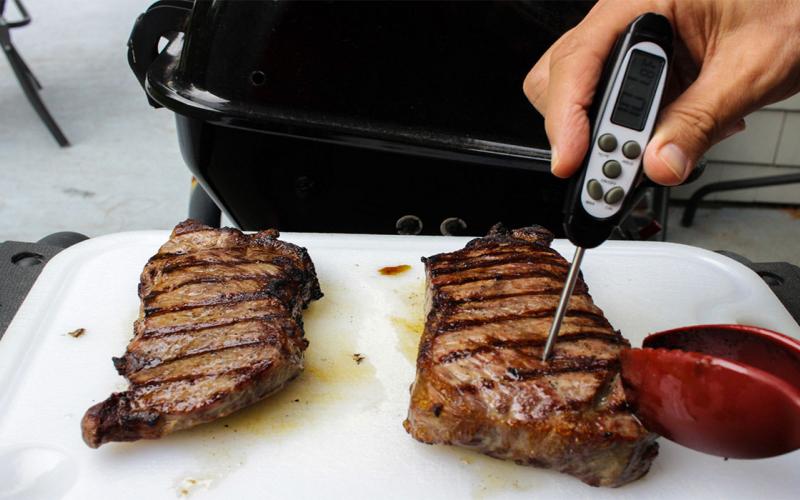
Safety
Food safety education is essential from field to table for entrepreneurs, consumers and businesses.

Selling Maple Syrup at a Farmer’s Market
Maple syrup is a delicious food that goes well with many foods. There has been some increased interest in understanding how to process maple syrup safely in order to sell it at a farmer’s market or at retail.

Selling Grade A and B Dairy and Dairy Products in South Dakota
There has been an interest in manufacturing and processing dairy products by South Dakota food entrepreneurs. Learn everything you need to know about the basic requirements for processing and selling Grade A and Grade B dairy and dairy products in our state.

South Dakota Licensed Kitchen Process
Interested in selling food products in a retail establishments? Licensed kitchens are the place to start. Learn the steps for building a licensed kitchen in South Dakota along with rules, regulations and guidelines for processing foods in existing licensed kitchens.
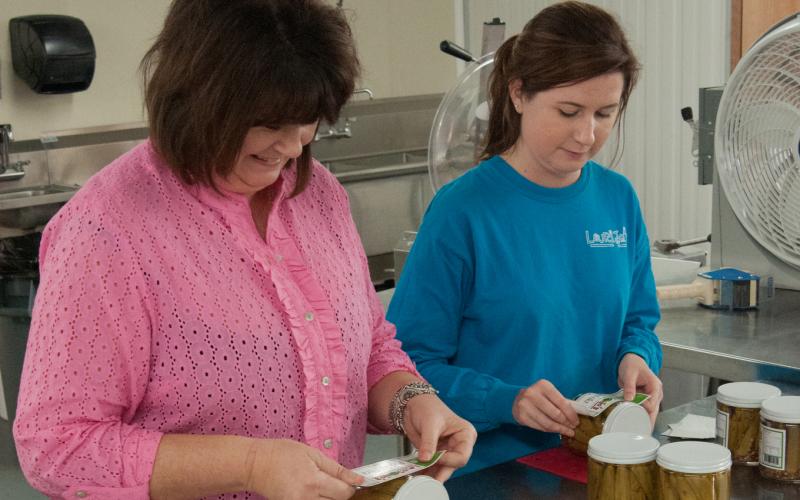
Labeling of Prepared and Processed Foods in South Dakota
Labeling requirements vary in accordance with the type of food that is being sold and in several instances how or where it was prepared or processed.

Home-Dried Jerky: Process and Tips
Making jerky is a great way to enjoy a variety of meats for months to come! It requires no refrigeration and can be made from any lean meat, such as beef, pork, bison and venison.
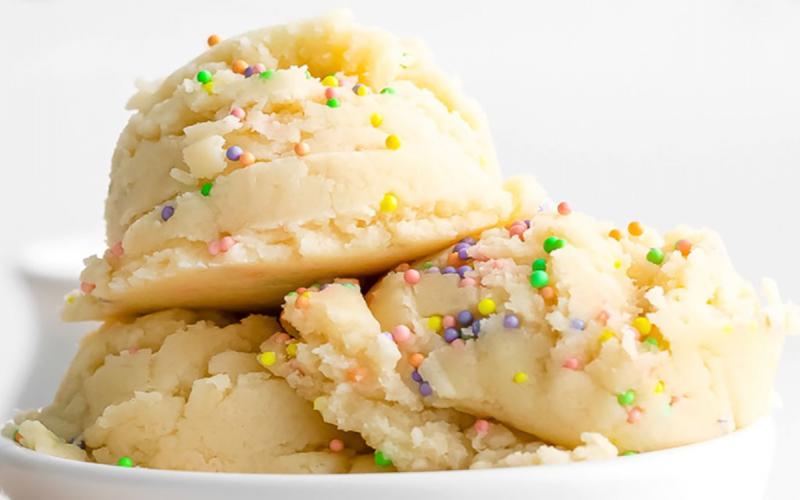
How to Make a Safe, Ready-to-Eat Cookie Dough
Ready-to-eat cookie dough is a delicious snack or dessert that can be enjoyed, but only when made safely. This includes using commercially processed heat-treated flour, ready-to-eat ingredients and using good sanitary practices when making the cookie dough.
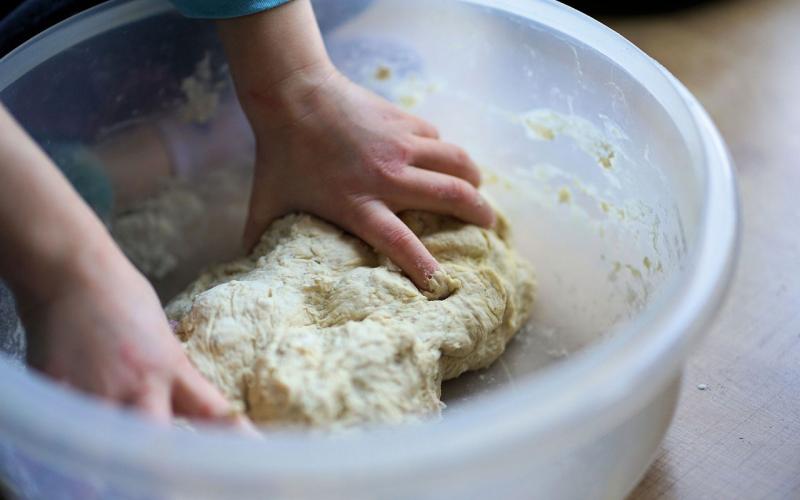
Hydrated Doughs and Batters: How to Safely Handle Food Safety Risks
Making dough and batter is one of the intermediary steps on your way to enjoying great foods, such as scones, cookies, cakes, donuts, pies and more. This article will help you understand the food safety risks associated with food types that have a hydrated batter.

Making a Safe Salad Dressing
Have you ever wondered whether a homemade salad dressing is safe when you’re eating it at your local picnic, potluck dinner, or at a family get together? In this article, we will explore what food safety characteristics need to be addressed to ensure that a salad dressing is made safely.
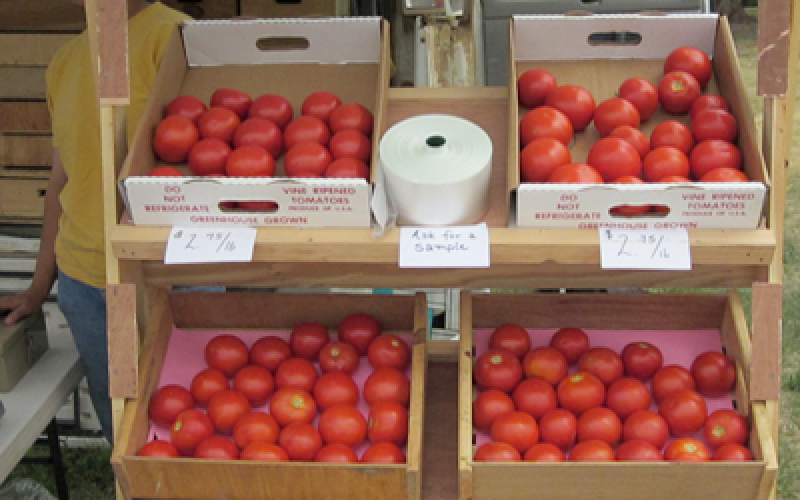
Farmers Market Food Safety: Health & Hygiene
Health, hygiene and hand washing apply to all stages of production, processing and marketing. Ill food handlers can easily contaminate fresh produce with disease-causing microorganisms. Many of these organisms have the capability to survive on fresh fruits and vegetables for an extended time, from several days to weeks. Once the organism is established on fresh produce, it is very hard to remove.